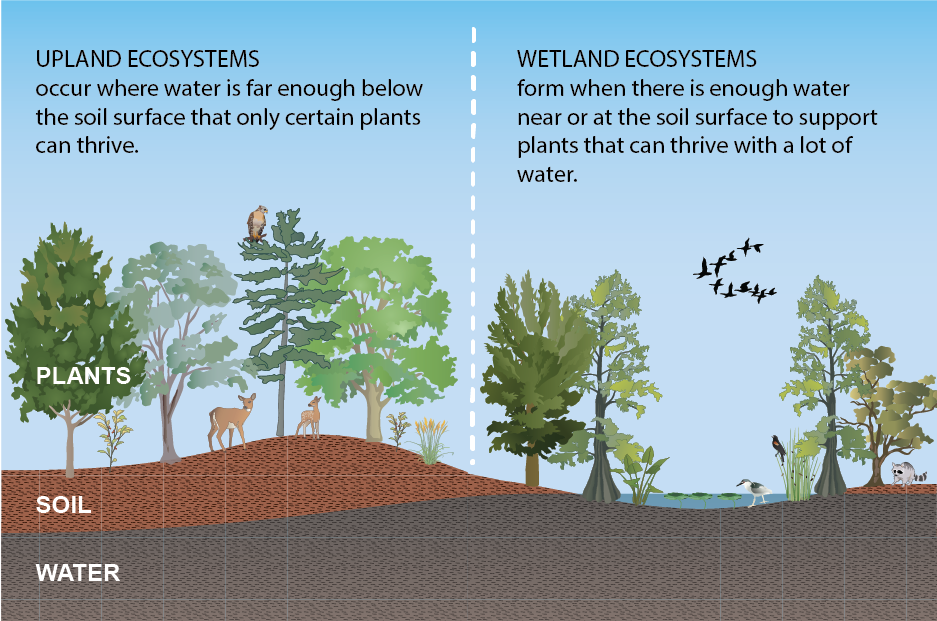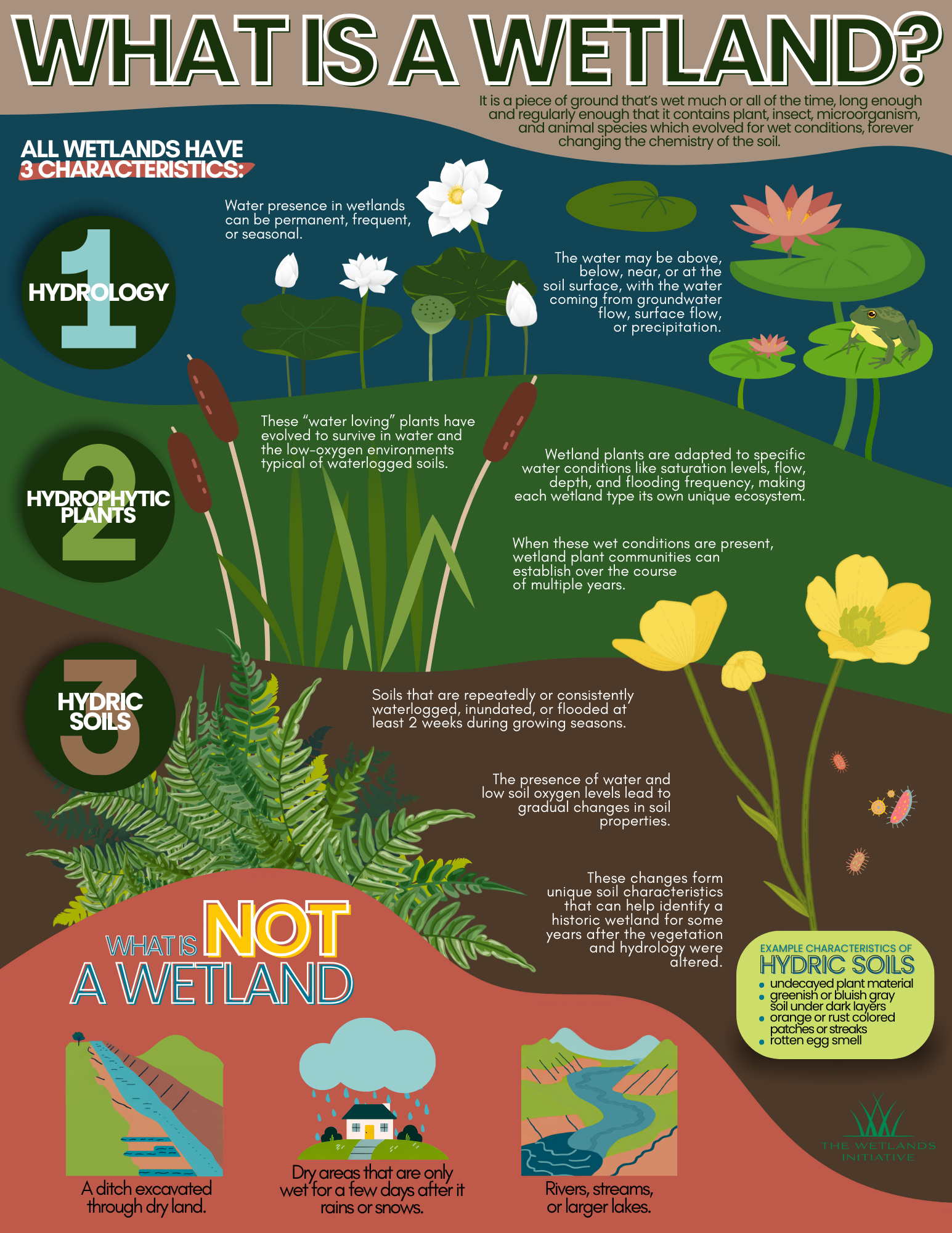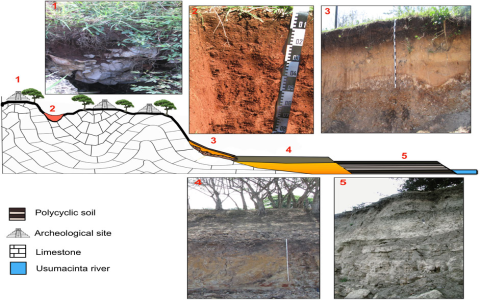Alright, let me tell you about my little adventure with wetland soil. It wasn’t some big scientific thing, just me messing around, really.
It started because I’ve got this low spot in my backyard that’s always soggy after it rains. Instead of fighting it, I thought, why not lean into it? Make a sort of mini-bog or wetland patch. First thing I figured I needed was the right kind of dirt, right? Not just my regular garden soil.

Getting Down and Dirty
So, I decided I needed to get my hands on some actual wetland soil. Found a spot – responsibly, mind you, not a protected area, just a ditch edge that stays wet year-round. Pulled on my oldest boots, grabbed a bucket and a small shovel. Let me tell you, digging this stuff up was… an experience. It wasn’t like scooping garden loam. This soil was heavy. And sticky. Clung to the shovel like nobody’s business. Had this dark grey, almost black color. And the smell! Phew. Kind of sulfury, like rotten eggs, but earthy too. Definitely knew I wasn’t dealing with regular topsoil.
Managed to get maybe half a bucket full. Felt like I’d wrestled a pig. Getting it back to the car without making a total mess was challenge number two.
Handling the Stuff
Back home, I tipped it out onto a tarp to get a better look. It was dense, packed together. When I squeezed a handful, water oozed out, but the soil itself held its shape like clay. Didn’t crumble nicely. It just sort of… squished. Left this greyish film on my hands.
- Very fine particles, felt smooth but heavy.
- Didn’t seem to have much air in it at all.
- Stayed wet for ages, even just sitting on the tarp.
I tried putting some in a pot first, just to see how it behaved. Poked a few drainage holes in the bottom of the pot, but honestly, water just sat on top for the longest time before slowly, slowly seeping through. It really holds onto water, which I guess is the whole point in a wetland.
Trying it Out
My grand plan was to mix some of this into that soggy patch in the yard. I dug out a shallow area, maybe a foot deep, and started working this wetland soil in. It was hard work. Unlike compost or peat moss that mixes in easy, this stuff wanted to stay in clumps. Had to really break it up and knead it into the existing soil. Felt like I was making mud pies again, like when I was a kid.
Then I tried planting a few things I thought might like it – some irises that handle wet feet, a couple of marsh marigolds. Watered them in, which was hardly necessary given how wet the soil already was.
What I Learned
Well, the plants survived, which was good. That spot is definitely staying wetter for longer now. But dealing with that soil wasn’t easy. It’s not something you just toss around. It compacts easily if you walk on it or work it too much. And that smell lingered for a bit, especially when I disturbed the soil.

Honestly, the biggest takeaway was just how different it is from the soil I’m used to. It’s built for holding water, low oxygen, all that stuff. Makes you appreciate why specific plants grow in wetlands and others wouldn’t stand a chance. It’s a whole different world down there in the mud. Glad I tried it, gave me a better feel for what’s going on in those soggy places. Bit of a messy job, though!



















